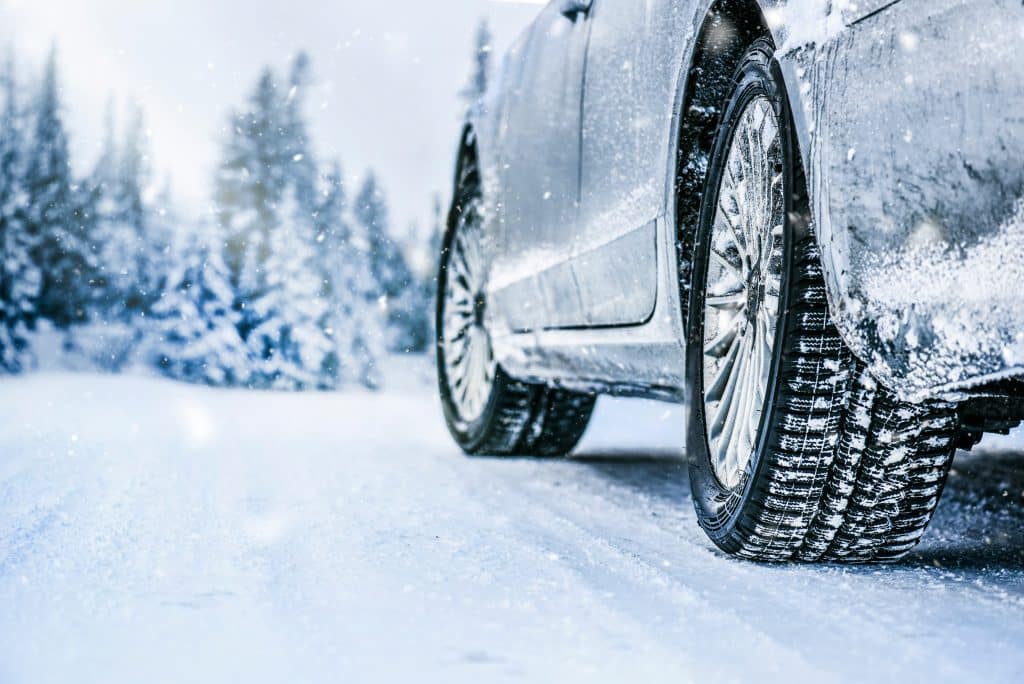As freezing temperatures and heavy snowfall sets in, it’s a good idea to give your car a little extra TLC before going out on the road. When it comes to winter car maintenance, there are a slew of articles out there on how to keep your car running. Unfortunately, many commonly-held beliefs can actually cause damage to your car and your wallet. Nobody likes to be stuck on the side of the road, so we’ve compiled a list of the five most common winter car myths and how to avoid them.
1. Idling Your Car Will Warm It Up Faster
This commonly held belief has been in the ethos for decades with little supporting evidence. In reality, idling your car in winter wastes gas and causes damage to your engine’s pistons and cylinders. Your car only requires around 20-30 seconds to get the oil flowing to properly lubricate the engine. While driving, the engine will continue to warm up your vehicle until it’s running at optimum temperature. This is the safest, most effective way to warm up your car before a cold, winter drive.
2. Deflating Your Tires Leads to Better Traction
Another long-standing winter driving myth is the idea that deflating your tires will increase traction on icy roads. This couldn’t be more wrong! Deflating your tires will compromise their structural integrity, leading to severe wear and tear which puts you at risk of a blowout. Tire traction is a major concern for winter drivers, which is why we recommend changing your tires between seasons. Snow tires are a great investment for those who have a long commute, as they have wider treads for better traction and are built to withstand cold temperatures. Bottom line: never drive your car in winter with tires that do not meet the manufacturer’s specifications.
3. Pouring Hot Water on Your Windshield Will Melt the Ice
This myth is a science experiment gone wrong. Glass can crack or shatter when exposed to extreme temperature changes, such as frozen solid to boiling hot. Nobody likes spending an hour meticulously scraping a frozen windshield, but boiling water is not the solution. Instead, make your own de-icer by mixing two parts rubbing alcohol and one part water, then generously apply the mixture to your windshield. This method will not only save you money; it will save your windshield as well.
4. Disconnecting the Battery to Save Power
This myth may seem logical, but disconnecting your battery won’t necessarily conserve power. In fact, it may cause more damage in the long run as alarm power and computer memory can be lost. Don’t get stranded on the side of the highway without a jump, keep a portable battery charger on hand.
5. Rear Wheel Drive vs. Four Wheel Drive
This final myth is really a two-parter. First, it’s time to debunk the myth that rear-wheel drive cars can’t handle snow and ice. True, they may struggle more than their four-wheel drive counterparts, but equipping your rear wheels with snow belts or chains, can boost traction considerably without having to leave the car in the garage until spring.
Secondly, four-wheel drive vehicles – while naturally better equipped to handle icy terrain – have no greater advantage when it comes to stopping. When it comes to braking on ice, all-terrain vehicles are just as likely to skid off-road as any other car. Always practice cautious driving while out on the road, so you can stay safe.
Conclusion
There’s no doubt about it, winter driving can be a real challenge, even for the most experienced of drivers. Stay safe on the road this winter by avoiding these car myths, following proper care, and testing out our cold weather hacks.





